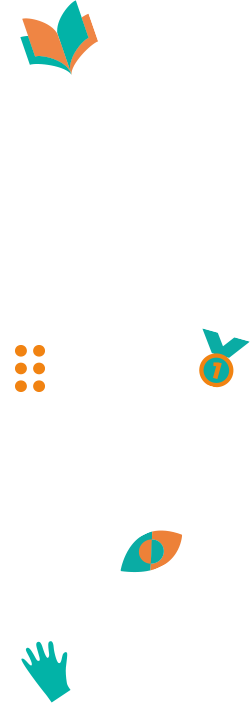In 2024, the Typhlo & Tactus international jury analyzed 69 designs from 17 participating countries for 2 days 1/2.
All the books
Page 11 / 15


In 2024, the Typhlo & Tactus international jury analyzed 69 designs from 17 participating countries for 2 days 1/2.